SIVIS - compact video streamer with HDMI cameras on the Internet
We usually do all sorts of moving things on our virtualka and are geek oriented, but suddenly we decided to try to make a product for the end user. Now we will tell about it a little more.
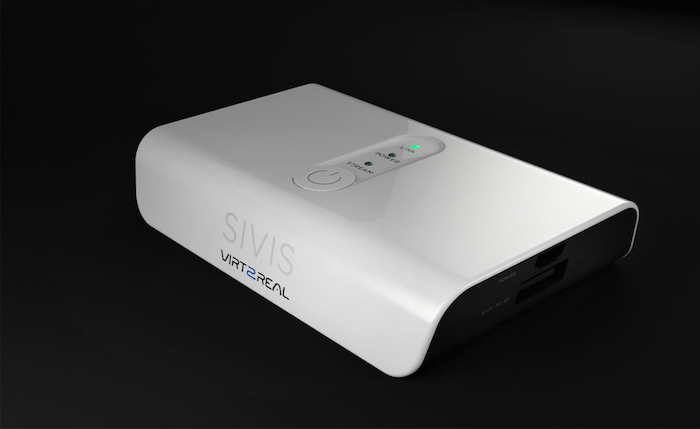
')
SIVIS is a miniature device for broadcasting video from HDMI cameras to the Internet or directly to a user's device. It allows you to capture video from GoPro, SLR cameras (DSLR), car DVRs, and even from the output of the computer (gamers, rejoice!). And it is capable of transmitting compressed video both to video broadcasting services (such as YouTube, Ustream), and directly to the user's device — for example, a phone or tablet. The name SIVIS is an abbreviation for Simple Video Streaming.
We wanted to make the device very simple, compact and inexpensive. Inheritance from the virtualka, he received a wide range of supply voltages (from 3 to 18 volts), the ability to compress video in h.264 on the fly, small size (8x5x2 cm) and the ability to work with various data transfer channels.

We assume that there are three main usage scenarios:
This can be a broadcast from the scene - from a holiday in school / kindergarten using GoPro and ending with competitions or other serious events when the picture is given from a DSLR camera. It is assumed that in this case there is access to good Wi-Fi or even to wired Ethernet, and power issues are resolved - for example, a conventional wired power supply from an outlet.
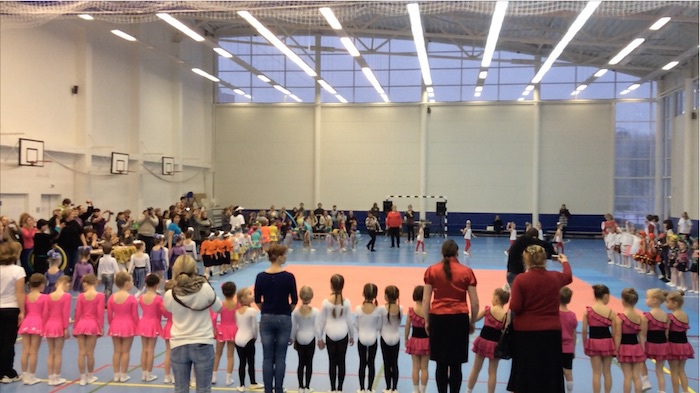
Broadcast from the car, from a motorcycle or bicycle. The source can be a DVR, GoPro or another camera that can be placed on the vehicle.
Well, or you can broadcast video directly from the cap:

When we talk about driving-flying devices, our heartbeat becomes more frequent immediately, as this is the closest topic to the virtual music. It's all quite simple - we eat from any onboard battery, we can give the stream through any available channel (from 4G to long-range Wi-Fi paths).

Of course, the first thing we put SIVIS on quadrocopter
But the tests "on the ground" with iOS, Android and sources in the form of GoPro and HDMI output laptop.
Especially for those who like to consider the insides of devices, we present the process of prototyping (hidden below under the spoiler).
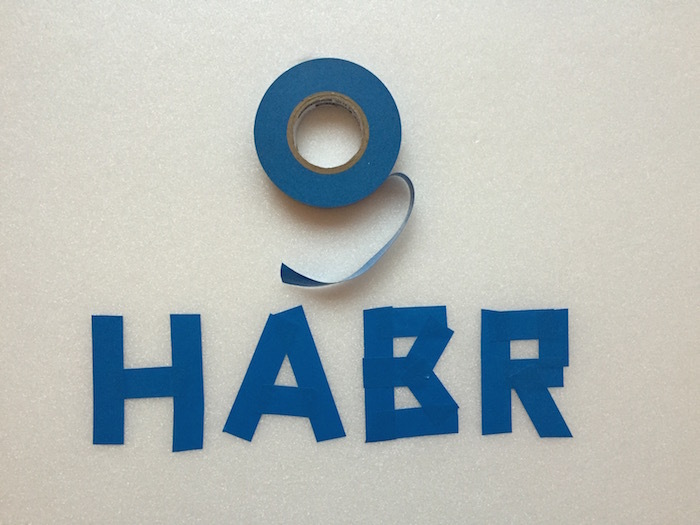
And a little about the capabilities of the device.
SIVIS can capture video from any HDMI sources.
Work verified to capture from the following sources:
Immediately touch DRM: in order to avoid legal nuances with the ability, for example, to broadcast a movie to the Internet from a licensed DVD or BluRay, we currently do not support content-protected video sources. When trying to capture in this case, the user will see a black screen. If DRM is missing, everything is captured well.
On the current prototype, we capture a picture with a resolution of 1280x720. The final product assumes support for FullHD 1920x1080 - a DM368 processor will be installed for this. Interesting was the fact that, for example, Canon 5D Mark II does not know how to give permission less than FullHD, so it was not possible to verify with this model. But the following camera models already have HDMI output settings and you can even work with them in the current prototype.
The first option is for specialized video services (for example, Ustream, YouTube, etc.).
The second is that the video can be sent directly to the user's device (computer, phone, tablet).
I will explain a little the difference between these two ways.
1. When you broadcast video to a Ustream type service, your video can watch a conditionally unlimited number of people - this is already a problem of these services themselves in returning a large number of streams to users. Of the minuses - this technology makes a decent delay in the video (from 5 seconds to a minute);
2. In the case of a live broadcast, say, on a tablet or phone - you get a video stream with a minimum delay (tenths of a second), but the video goes only to one or several devices within the local network using a multicast. Now the video can be taken on smartphones / tablets on Android and iOS or on a desktop / laptop with Windows. Applications for streaming are already on Google Play and the AppStore (can be found by the keyword virt2real).
A special version of the web-interface was also made, which simplifies the translation settings:
Nevertheless, the virtualka main control panel remains available, which allows you to tweak any translation parameters. We have yet to find a middle ground between "everything is simple and clear" and "you can customize anything."
Immediately discuss the issue of delay and use as HD FPV for those who want to go-fly through this video: when using iOS or Android as a receiving device, the delay for HD FPV is too big (0.3-0.4 seconds). For such tasks, our application is suitable for Windows - there we get our 180-250 ms. Moreover, in the case of SIVIS, video quality is more important, rather than proximity to real time - therefore, the firmware for it will be optimized for such tasks.

In short - Wi-Fi, 4G, Ethernet.
The final device assumes the presence on board of its own Wi-Fi, as well as the ability to connect via USB any communication device - a modem, a powerful Wi-Fi module or a USB-Ethernet adapter.
We checked the following combinations of communications for video broadcast:
A small lyrical digression. We already write off the 3G connection, since, despite good coverage, this connection does not provide a normal transmission channel for HD video resolution in acceptable quality. Now 4G / LTE is actively advancing on all fronts, the coverage area is increasing, and this connection for mobile broadcasts seems to us the most reasonable solution.
I periodically test the LTE speed in different areas of Moscow and St. Petersburg - in most cases, the return rate is from 5 to 16 megabits, which is more than enough even for FullHD. Although there is an underwater stone in the form of traffic shaping by operators - but this is a matter for a separate discussion.

Such solutions already exist, and are focused mainly on specialists in video broadcasts.
Here is a good review of HD streamers on Wired
Livestream Broadcaster , $ 495
Teradek VidiU $ 699
LiveShell $ 299
The estimated cost of our SIVIS is about $ 150 per device.
At the moment we want to understand how interesting this device is for users. If the interest is high - we will bring the device to the serial sample and make the circulation. How it will be - investment or crowdfunding - time will tell.
If you are interested in SIVIS - you can leave your pre-order here .

')
What is it for?
SIVIS is a miniature device for broadcasting video from HDMI cameras to the Internet or directly to a user's device. It allows you to capture video from GoPro, SLR cameras (DSLR), car DVRs, and even from the output of the computer (gamers, rejoice!). And it is capable of transmitting compressed video both to video broadcasting services (such as YouTube, Ustream), and directly to the user's device — for example, a phone or tablet. The name SIVIS is an abbreviation for Simple Video Streaming.
We wanted to make the device very simple, compact and inexpensive. Inheritance from the virtualka, he received a wide range of supply voltages (from 3 to 18 volts), the ability to compress video in h.264 on the fly, small size (8x5x2 cm) and the ability to work with various data transfer channels.

Where to apply?
We assume that there are three main usage scenarios:
1. Broadcasting from a room with a good communication channel
This can be a broadcast from the scene - from a holiday in school / kindergarten using GoPro and ending with competitions or other serious events when the picture is given from a DSLR camera. It is assumed that in this case there is access to good Wi-Fi or even to wired Ethernet, and power issues are resolved - for example, a conventional wired power supply from an outlet.

2. Broadcast on the way - the operator moves with the device
Broadcast from the car, from a motorcycle or bicycle. The source can be a DVR, GoPro or another camera that can be placed on the vehicle.
Well, or you can broadcast video directly from the cap:

3. Broadcasting from mobile devices - copters, cars, airplanes, boats, balloons, etc.
When we talk about driving-flying devices, our heartbeat becomes more frequent immediately, as this is the closest topic to the virtual music. It's all quite simple - we eat from any onboard battery, we can give the stream through any available channel (from 4G to long-range Wi-Fi paths).

Of course, the first thing we put SIVIS on quadrocopter
But the tests "on the ground" with iOS, Android and sources in the form of GoPro and HDMI output laptop.
How to make prototypes
Especially for those who like to consider the insides of devices, we present the process of prototyping (hidden below under the spoiler).

How to make prototypes (of course, with blue duct tape)
The earliest prototypes we printed on a regular 3D printer. The result, of course, no, but on these samples, we did the first fitting.
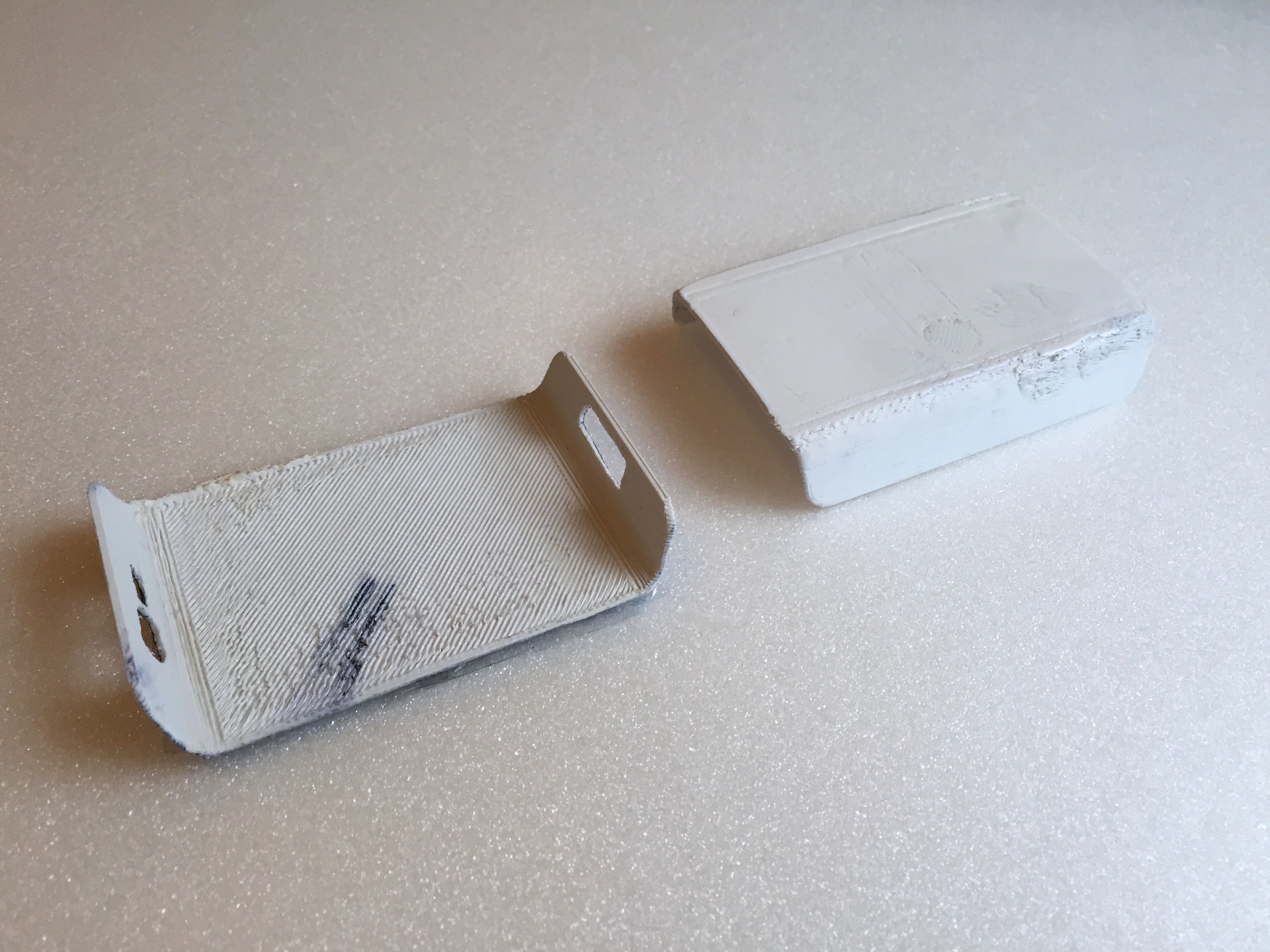
The next version was already on a 3D gypsum printer. Detailing turned out much better. But black came out rather green-brown, and white yellowish:

Therefore, the case was painted with matte paint spray in several layers:
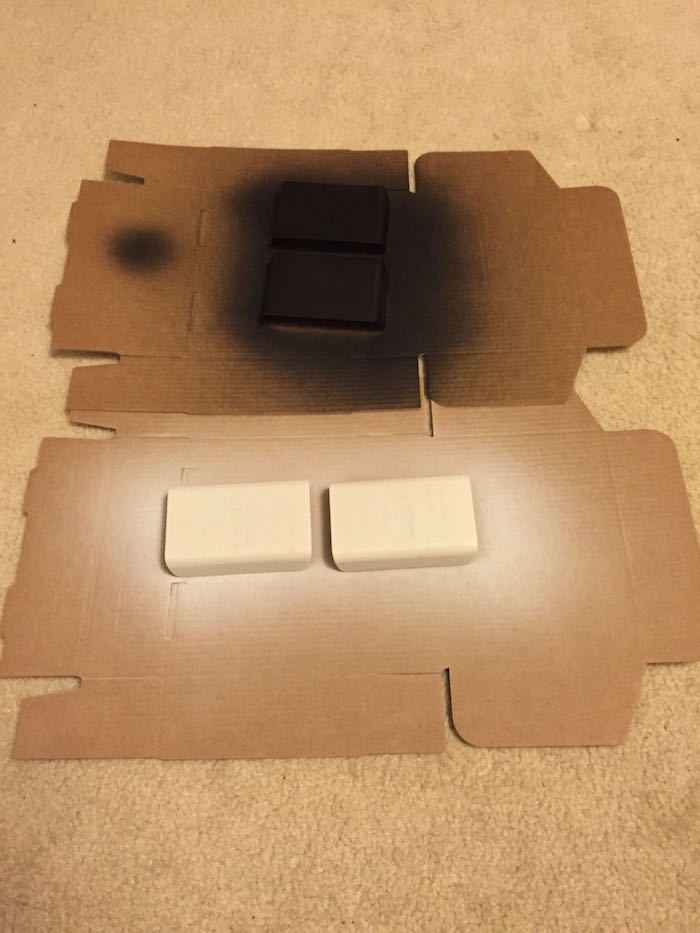
Since a very precise fit was required for the size and position of the holes for the connectors, we decided to print solid walls, and then make holes. The first pass is a Dremel.

Further editing files - already neater:
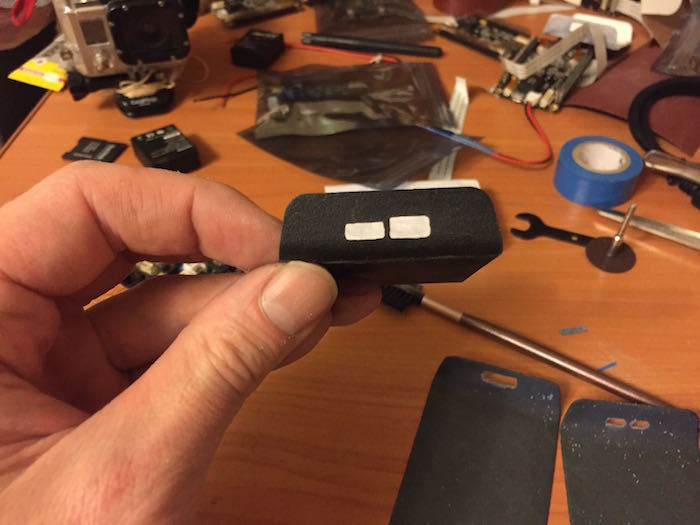
Fitting boards to the bottom of the case

LEDs of a virtualka were taken out on extenders. Such is the Christmas garland out. By the way, the wires to the LEDs are not blue electrical tape - this is shrinking, but also in the right color.
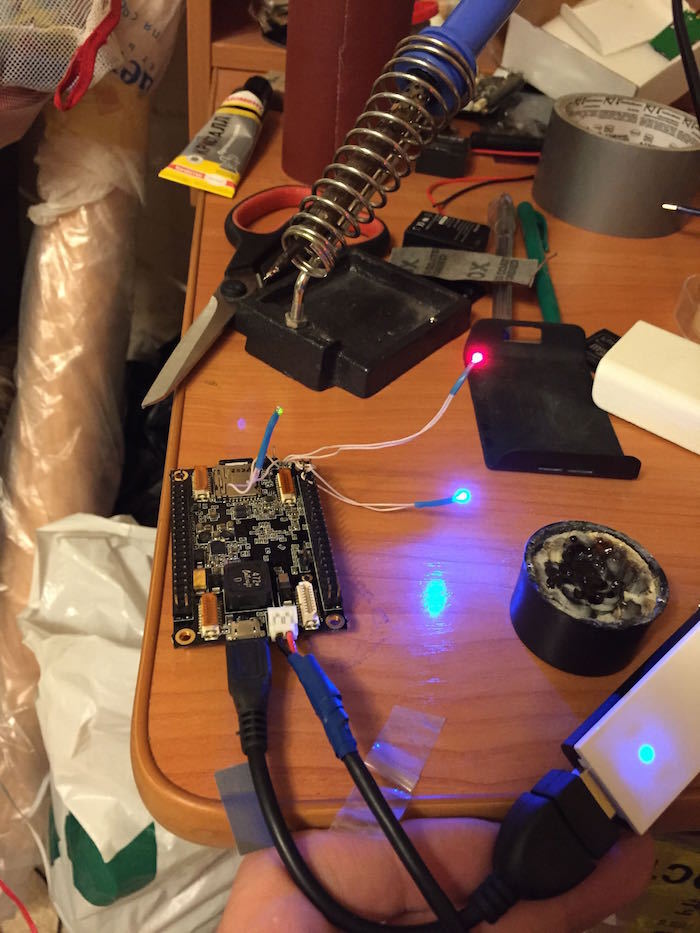
The blue stiffener element on the plume ate up a valuable 4 millimeters. I had to peel it off, and then cut it off:

Two prototypes with rendered LEDs and one with standard ones were made:
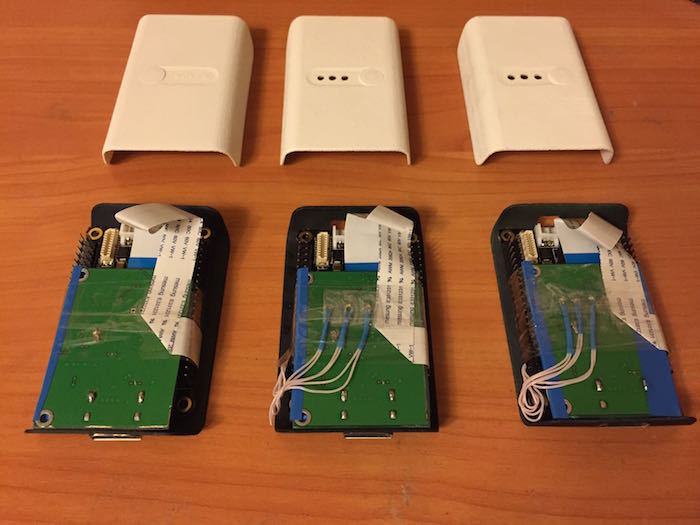
Next to GoPro:

Despite all the efforts to polish and paint the surface was not perfectly flat, well, it was not possible to get gloss in the 3D design of the designer. A little resourcefulness and we get just such a glossy box:
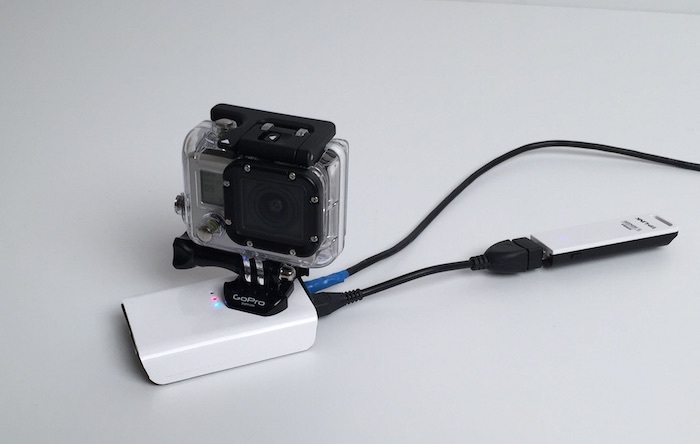
Gloss was obtained in a simple way - the box was plastered with a glossy film, which is used to print advertising materials. The design has not yet been completely recreated - the button and the inscriptions under the LEDs remain. But this is the next stage.
And I still have such a nice picture after painting. Just hang in the frame:
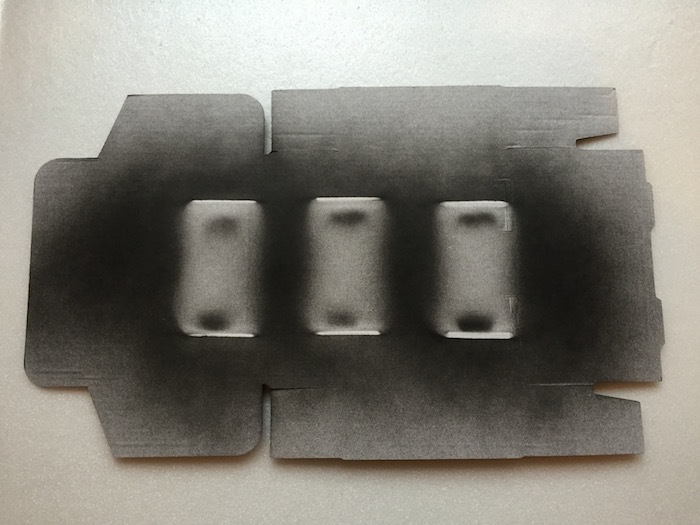

The next version was already on a 3D gypsum printer. Detailing turned out much better. But black came out rather green-brown, and white yellowish:

Therefore, the case was painted with matte paint spray in several layers:

Since a very precise fit was required for the size and position of the holes for the connectors, we decided to print solid walls, and then make holes. The first pass is a Dremel.

Further editing files - already neater:

Fitting boards to the bottom of the case

LEDs of a virtualka were taken out on extenders. Such is the Christmas garland out. By the way, the wires to the LEDs are not blue electrical tape - this is shrinking, but also in the right color.

The blue stiffener element on the plume ate up a valuable 4 millimeters. I had to peel it off, and then cut it off:

Two prototypes with rendered LEDs and one with standard ones were made:

Next to GoPro:

Despite all the efforts to polish and paint the surface was not perfectly flat, well, it was not possible to get gloss in the 3D design of the designer. A little resourcefulness and we get just such a glossy box:

Gloss was obtained in a simple way - the box was plastered with a glossy film, which is used to print advertising materials. The design has not yet been completely recreated - the button and the inscriptions under the LEDs remain. But this is the next stage.
And I still have such a nice picture after painting. Just hang in the frame:

And a little about the capabilities of the device.
What are the sources of capture?
SIVIS can capture video from any HDMI sources.
Work verified to capture from the following sources:
- GoPro camera
- DVR
- Laptop with HDMI output
- Reflex camera
Immediately touch DRM: in order to avoid legal nuances with the ability, for example, to broadcast a movie to the Internet from a licensed DVD or BluRay, we currently do not support content-protected video sources. When trying to capture in this case, the user will see a black screen. If DRM is missing, everything is captured well.
What permissions are supported?
On the current prototype, we capture a picture with a resolution of 1280x720. The final product assumes support for FullHD 1920x1080 - a DM368 processor will be installed for this. Interesting was the fact that, for example, Canon 5D Mark II does not know how to give permission less than FullHD, so it was not possible to verify with this model. But the following camera models already have HDMI output settings and you can even work with them in the current prototype.
Where can I broadcast video?
The first option is for specialized video services (for example, Ustream, YouTube, etc.).
The second is that the video can be sent directly to the user's device (computer, phone, tablet).
I will explain a little the difference between these two ways.
1. When you broadcast video to a Ustream type service, your video can watch a conditionally unlimited number of people - this is already a problem of these services themselves in returning a large number of streams to users. Of the minuses - this technology makes a decent delay in the video (from 5 seconds to a minute);
2. In the case of a live broadcast, say, on a tablet or phone - you get a video stream with a minimum delay (tenths of a second), but the video goes only to one or several devices within the local network using a multicast. Now the video can be taken on smartphones / tablets on Android and iOS or on a desktop / laptop with Windows. Applications for streaming are already on Google Play and the AppStore (can be found by the keyword virt2real).
A special version of the web-interface was also made, which simplifies the translation settings:
What does the simplified translation settings page look like?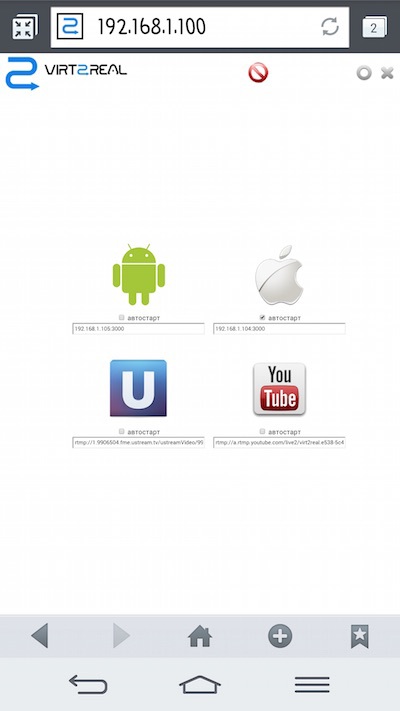

Nevertheless, the virtualka main control panel remains available, which allows you to tweak any translation parameters. We have yet to find a middle ground between "everything is simple and clear" and "you can customize anything."
Immediately discuss the issue of delay and use as HD FPV for those who want to go-fly through this video: when using iOS or Android as a receiving device, the delay for HD FPV is too big (0.3-0.4 seconds). For such tasks, our application is suitable for Windows - there we get our 180-250 ms. Moreover, in the case of SIVIS, video quality is more important, rather than proximity to real time - therefore, the firmware for it will be optimized for such tasks.
What channels can video be transmitted on?

In short - Wi-Fi, 4G, Ethernet.
The final device assumes the presence on board of its own Wi-Fi, as well as the ability to connect via USB any communication device - a modem, a powerful Wi-Fi module or a USB-Ethernet adapter.
We checked the following combinations of communications for video broadcast:
- Wi-Fi broadcast through the router - the easiest way
- Wi-Fi broadcast using 4G phone as an access point - in this case there is no need to use a USB whistle 4G, which has its own bonuses (one less device, no need to keep another paid SIM card)
- Video transmission via connected 4G modem
- Ethernet transfer via USB-Ethernet adapter
A small lyrical digression. We already write off the 3G connection, since, despite good coverage, this connection does not provide a normal transmission channel for HD video resolution in acceptable quality. Now 4G / LTE is actively advancing on all fronts, the coverage area is increasing, and this connection for mobile broadcasts seems to us the most reasonable solution.
I periodically test the LTE speed in different areas of Moscow and St. Petersburg - in most cases, the return rate is from 5 to 16 megabits, which is more than enough even for FullHD. Although there is an underwater stone in the form of traffic shaping by operators - but this is a matter for a separate discussion.
Similar solutions from our colleagues, or just competitors

Such solutions already exist, and are focused mainly on specialists in video broadcasts.
Here is a good review of HD streamers on Wired
Livestream Broadcaster , $ 495
Teradek VidiU $ 699
LiveShell $ 299
The estimated cost of our SIVIS is about $ 150 per device.
Future plans
At the moment we want to understand how interesting this device is for users. If the interest is high - we will bring the device to the serial sample and make the circulation. How it will be - investment or crowdfunding - time will tell.
If you are interested in SIVIS - you can leave your pre-order here .
Source: https://habr.com/ru/post/243839/
All Articles